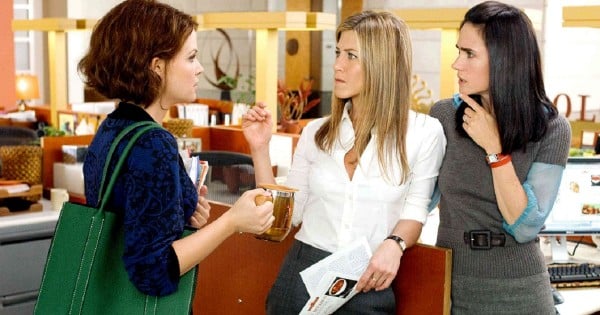Open-plan office workers who are patiently waiting for the work-place trend to die would be better off learning to live with it because they are definitely here to stay. In Australia nine out of every 10 offices are now open-plan and workers are doing their best to adjust to the radical office model.
Companies however keep on making the same mistake when it comes to the open-plan office model. They aren’t paying enough attention to where they are placing their employees.
New research has shown that a worker’s productivity is greatly influenced by who they sit next to or near at work. Harvard Business School and services company Cornerstone OnDemand found that companies are better off grouping workers together who have complementary skills.






























































































